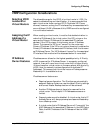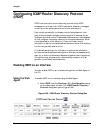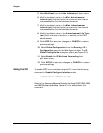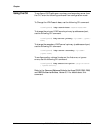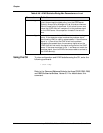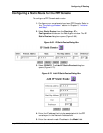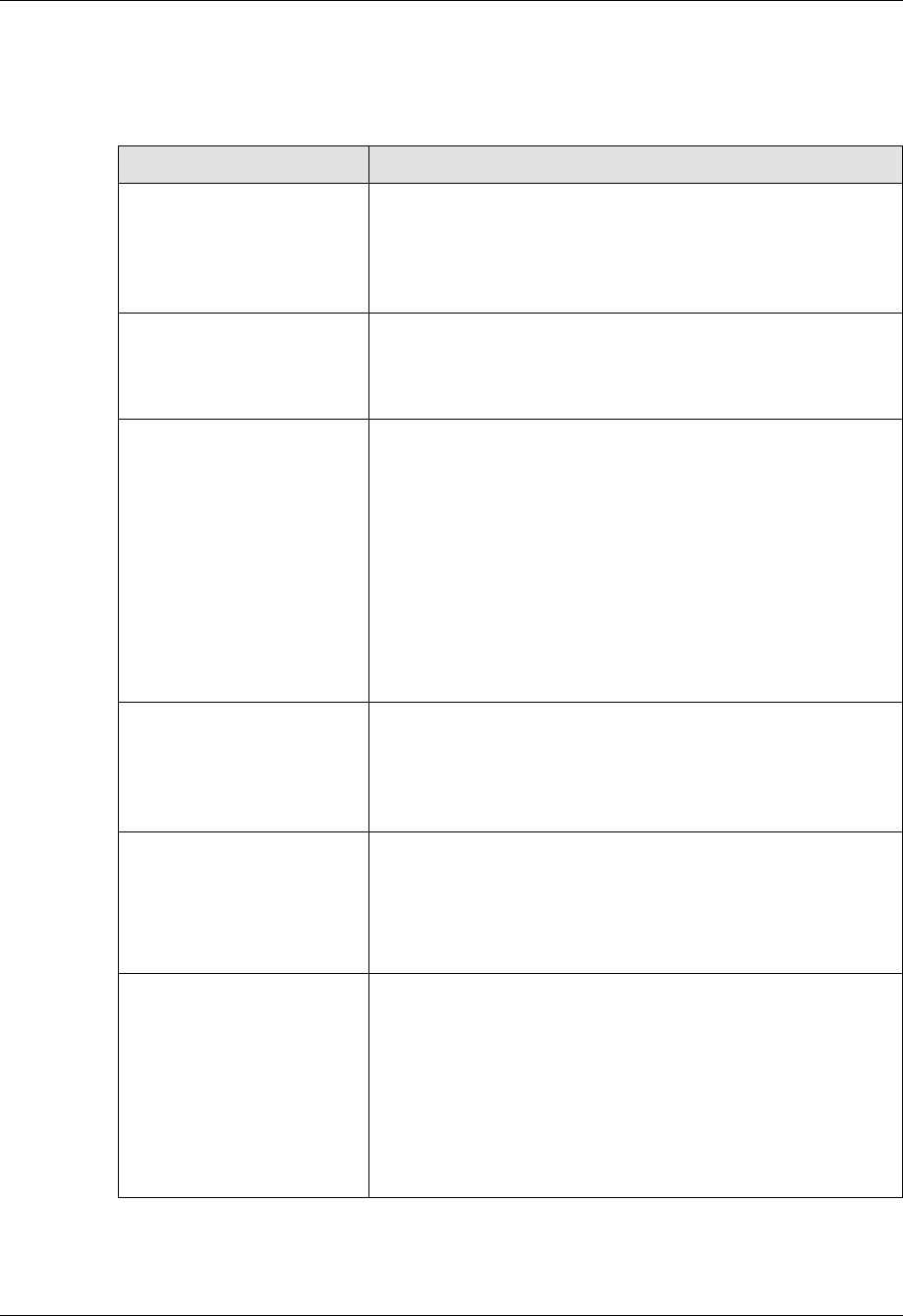
Avaya P550R, P580, P880, and P882 Multiservice Switch User Guide, v5.3.1 9-111
Configuring IP Routing
2. Refer to Table 6-47 to configure the LDAP Configuration
dialog box parameters.
3. Click APPLY to save your changes, or CANCEL to restore
previous settings.
Table 6-47. LDAP Configuration Dialog Box Parameters
Parameter Allows You To...
Primary Server IP
Address
Enter the IP address of your primary LDAP server for the
access control list domain. This address is used first when
connecting to and downloading access lists from an LDAP
server. The default value of 0.0.0.0 indicates to the client
that there is no primary LDAP server.
Primary Server Port
Enter the port number of the primary LDAP server for
the access control list domain. The port number is used in
conjunction with the primary server IP address. There are
no special overload values. The default port is 389.
Secondary Server IP
Address
Enter the backup LDAP server IP address for the access
control list domain. This address is used as a backup when
connecting to and downloading access lists from an LDAP
server. If the LDAP client is unsuccessful in connecting to
or downloading access lists from the primary server, the
secondary server IP address is used. If the primary server
IP address has a value of 0.0.0.0, the secondary server IP
address is used. The default value is 0.0.0.0.
Note: Setting the IP address of the secondary server to
0.0.0.0 indicates to the LDAP client that there is
no secondary server.
Secondary Server Port
Enter the backup LDAP server port number for the access
control list domain. The port number is used in
conjunction with the secondary server IP address. There
are no special overload values. The default port number is
389.
Search Base
Enter the search criteria that will be sent to the LDAP
server. The default value is “ou=Devices,
ou=AvayaPolicyManager, o=Avaya”.
Note: No default for the Search Base, this field is empty
if the LDAP server has not been installed:
Execution Option
Open drop-down menu and select stop-on-error or
ignore-errors. This option lets you decide if you want the
policy to continue being sent to the device, if LDAP
encounters any errors. Select stop-on-error if you want
execution of the policy to stop on the first error
encountered.Select ignore-errors if you want execution
of the policy to continue even if errors are encountered. In
this case, any commands containing errors are ignored.
The default value is stop-on-error.



